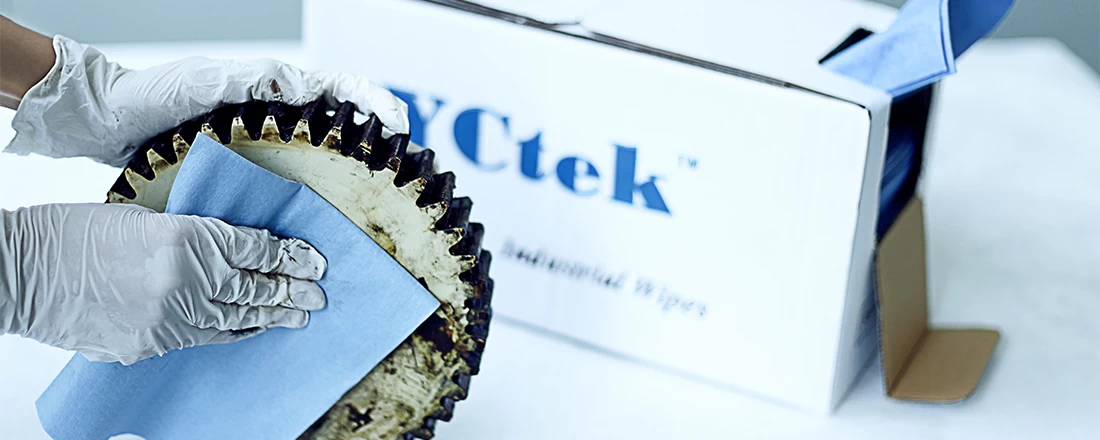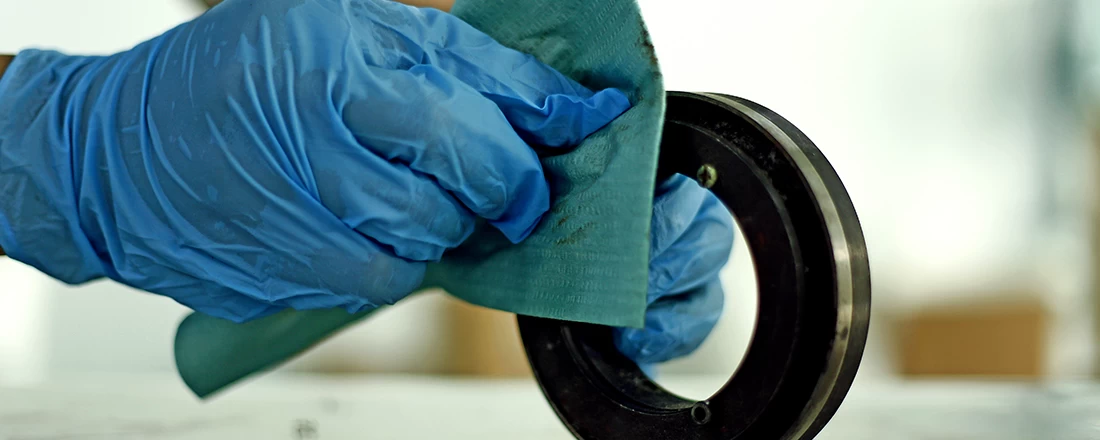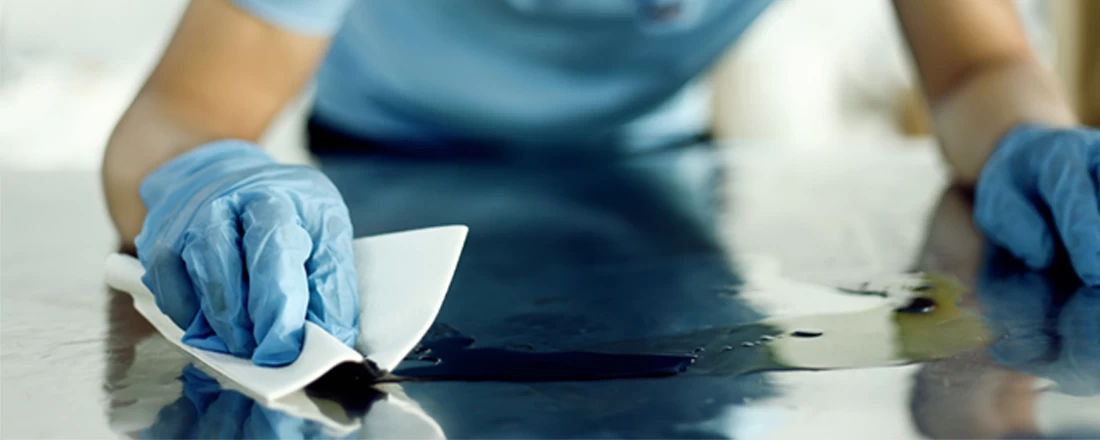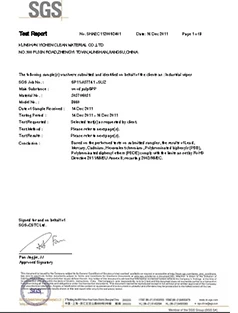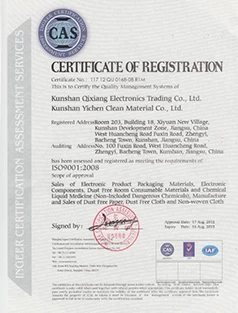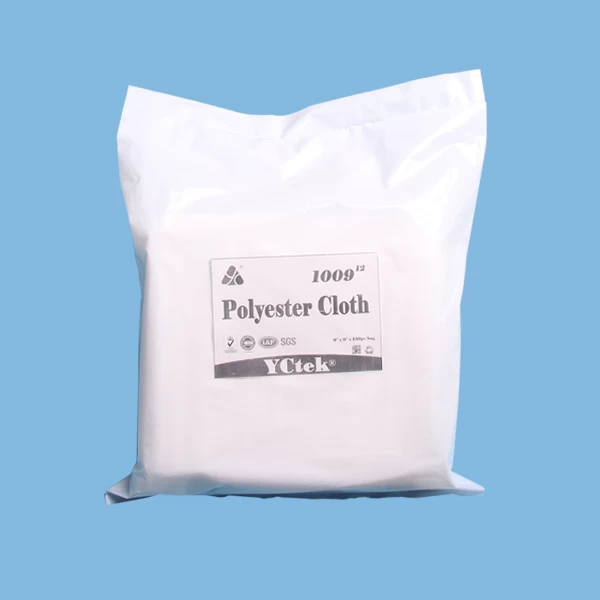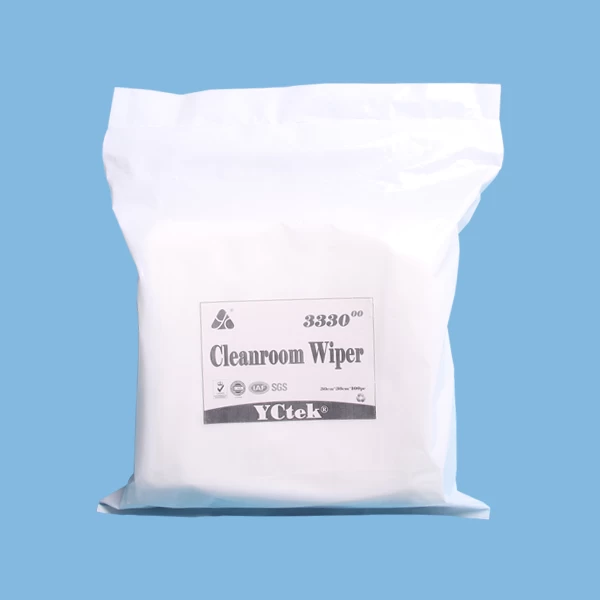Royan
2017-08-31 16:12:33
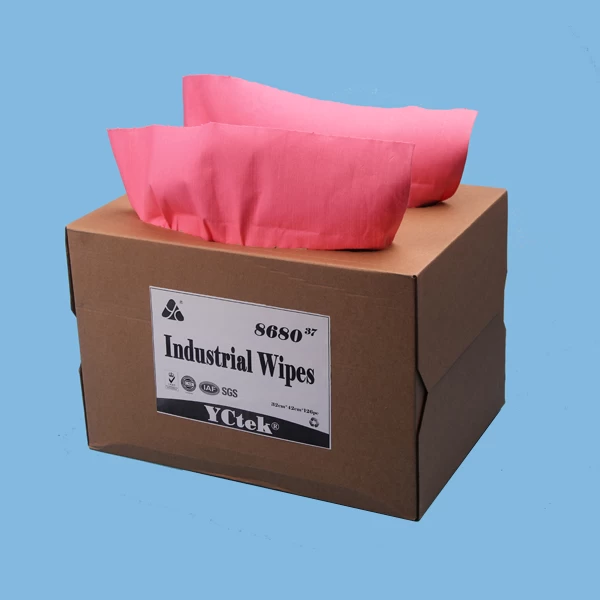
It is made from purified cellulose, primarily from
wood pulp
, which is chemically converted into a soluble compound. It is then dissolved and forced through a spinneret to produce filaments which are chemically solidified, resulting in synthetic fibers of nearly pure cellulose.
Workers can be seriously harmed by the carbon disulfide used to make most rayon.
Because rayon is manufactured from naturally occurring polymers, it is considered a semi-synthetic fiber.Specific types of rayon include viscose, modal and lyocell, each of which differs in manufacturing process and properties of the finished product.
The solubility of nitrocellulose in organic solvents such as ether and acetone was the basis for the first "artificial silk" by Georges Audemars in about 1855. Commercial production started in 1891, but the result was flammable and more expensive than cellulose acetate or cuprammonium rayon. Because of this expense, production ceased early in the 1900s. Nitrocellulose was briefly known as "mother-in-law silk". Frank Hastings Griffin invented the double-godet, a special stretch-spinning process that changed artificial silk to rayon, rendering it usable in many industrial products such as tire cords and clothing. Nathan Rosenstein invented the "spunize process" by which he turned rayon from a hard fiber to a fabric. This allowed rayon to become a popular raw material in textiles.

